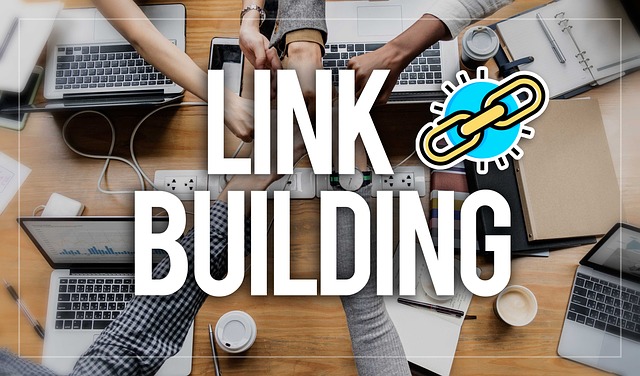 The role of anchor text has changed immensely in recent years.
The role of anchor text has changed immensely in recent years.
Anchor text is the usually blue and underlined clickable link. Anchor text tells you about the web page that will open when you click the link. It also tells Google (and Bing) about the page.
The different types of anchor text include:
Exact match. Precisely matches the targeted keyword or keyword phrase. If media monitoring service is the keyword, the anchor text is media monitoring service.
Partial match. Includes the keyword plus additional words or a variation of the keyword, as in a popular media monitoring service.
Branded: A brand name is the anchor text as in Glean.info.
Naked link. A URL that is used as an anchor as in https://glean.info/.
Generic. A generic word or phrase, also called random text anchor, such as “click here” or “read more” or “this article” is the clickable link
Image links. The image’s alt tag serves as the anchor text if the image is a clickable link.
In the early days of the internet, Google assigned higher search rankings to pages with exact match anchor text links pointing to them. If multiple pages linked to a page with the same keywords, such as media monitoring service, Google would assume that the page was about a media monitoring service and rank the page higher for the keyword phrase.
But some SEO pros gamed the search engine by placing loads of keywords anchor text that linked to unrelated pages. Google countered the SEO spam with algorithm updates.
A recent ahrefs study found a weak correlation between exact match anchor links and rankings. It also found that exact match and phrase match text produced similar rankings. John Mueller, head of Google’s SEO spam team, said the search engine uses anchor text as a ranking factor, or at least to understand the context of a page. But he didn’t say how much weight it assigns to anchor text, ahrefs notes
Some SEO pros and content marketers, however, remain obsessed with anchor text that exactly matches their chosen keywords.
Recommended Best Practices for Anchor Text
SEO experts now recommend against seeking nothing but exact match anchor text in link building campaigns. If too many of a site’s inbound links contain the exact same anchor text, Google may become suspicious and think links weren’t acquired naturally.
Top SEO firms such as Moz, SEMrush and ahrefs also recommend these practices for anchor text.
Seek a mix of exact match, partial match and other types of anchor text in link-building campaigns.
Likewise, don’t overdo keyword-heavy internal links. Seek a variety of natural anchor text phrases rather than the same keyword repeatedly.
Create anchor text that’s succinct, descriptive, relevant to the target page (the page it links to), not overly keyword-heavy, and not generic.
Pay attention to words surrounding anchor test. Keywords near anchor text can boost rankings. While most content marketers don’t highlight an entire sentence as a blue underlined link, readers consider the whole sentence before deciding to click on the link. Google does the same, SEO experts say.
Remember images. An image’s alt tag functions as anchor text. The tag also helps visually impaired readers understand the image. Don’t stuff keywords into the tags. One phrase or sentence is sufficient.
More Reasons Not to Fret about Anchor Text
Not obsessing about anchor text also allows marketers to follow Google’s recommended practices for building natural, organic links, writes Daniel Tynski, co-founder and SVP of Fractl, in a MarktingProfs article. Trying to control anchor text used by publishers can be difficult and awkward, Tynski says. It can sour the relationship with publishers and cause them to avoid linking to your content or publishing your content in the first place.
PR pros who press journalists or bloggers to use particular anchor text may face a similar reaction.
Controlling the anchor text is difficult, he says. Despite what they initially say, writers and editors can change the anchor text after the article is published.
Instead of obsessing over anchor text, he urges marketers to
- Seek backlinks from high-quality sites,
- Create outstanding content that others will want to like to, and
- Treat link-building as a form of digital PR.
“Shifting your mindset to think about link-building as a form of digital PR can lead to more natural and relevant partnerships with publishers,” he says.
Marketing and PR staff building link campaigns must also be aware of link schemes that violate Google SEO and linking guidelines.
Bottom Line: The practice of seeking nothing but anchor text that exactly matches chosen keywords has gone the way of dial-up internet connections. Still, anchor text remains an important SEO factor and following best practices can help improve search engine rankings.
William J. Comcowich founded and served as CEO of CyberAlert LLC, the predecessor of Glean.info. He is currently serving as Interim CEO and member of the Board of Directors. Glean.info provides customized media monitoring, media measurement and analytics solutions across all types of traditional and social media.




